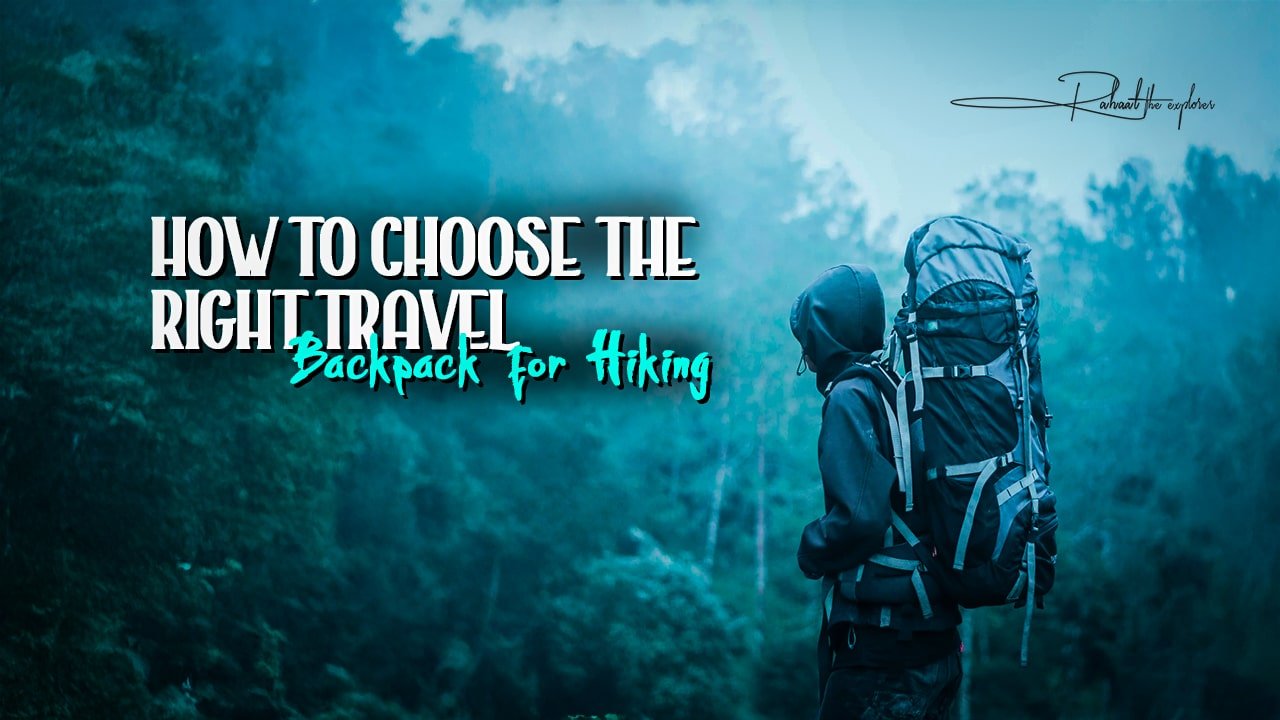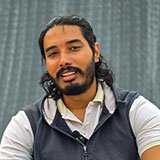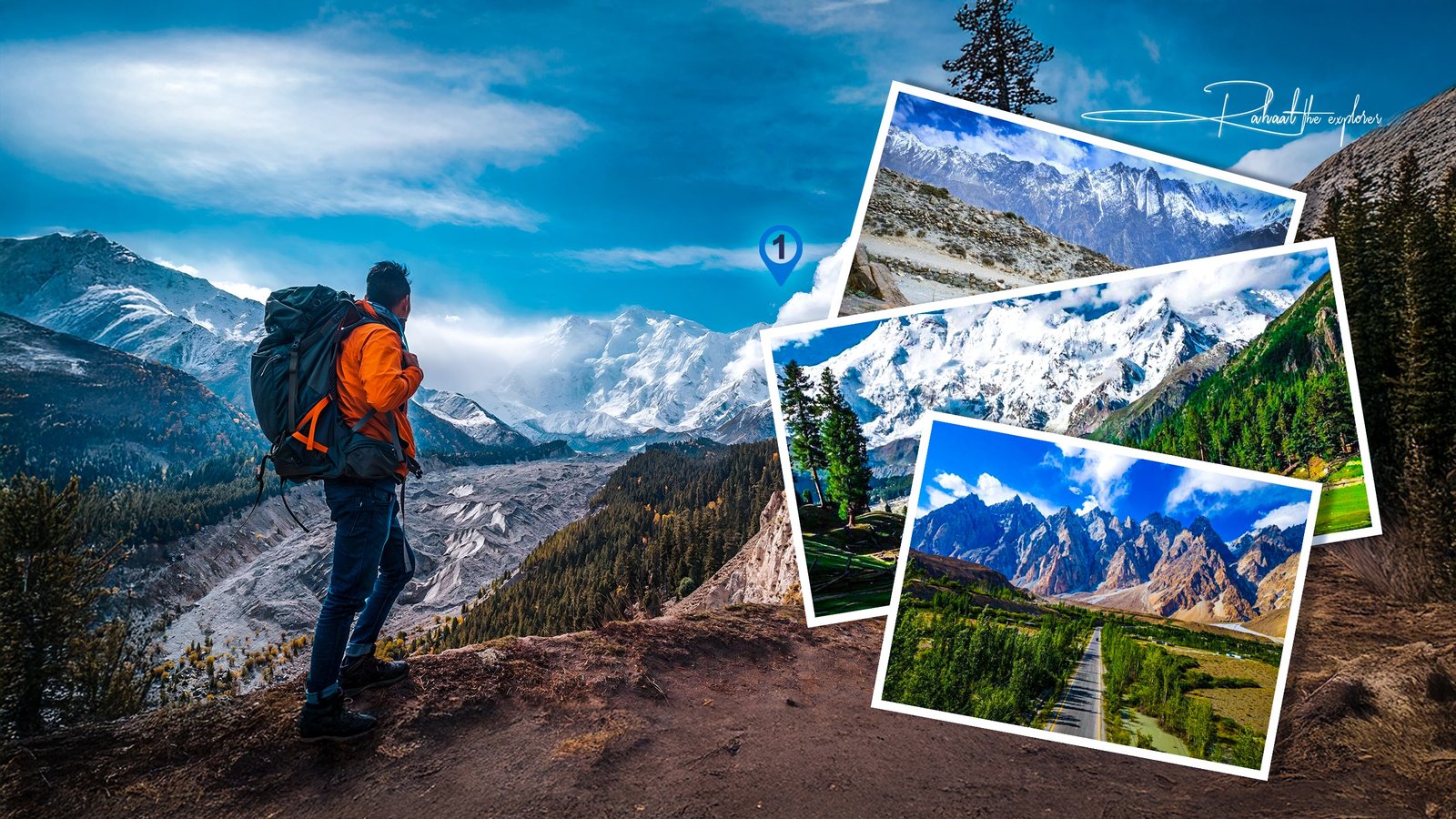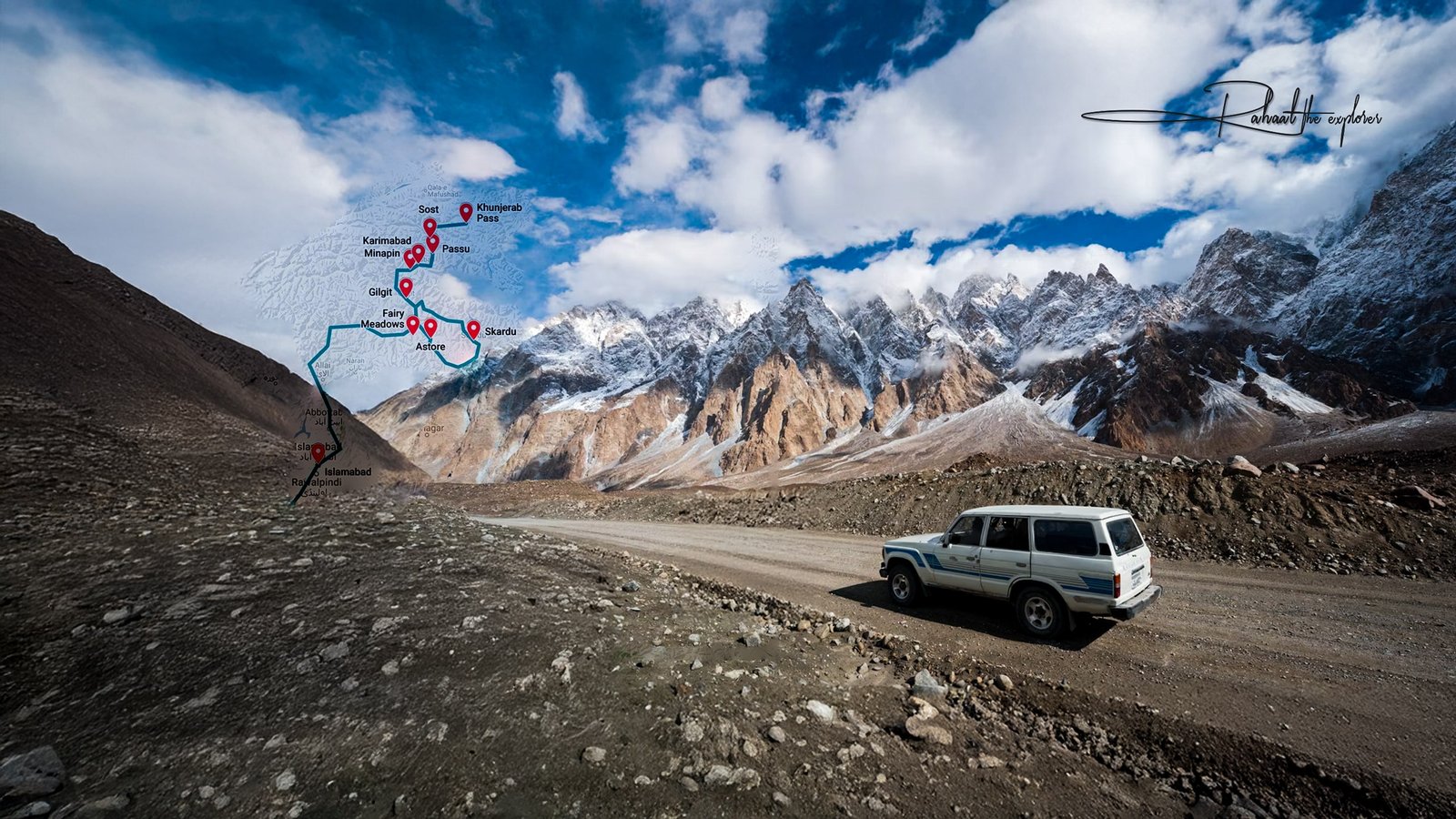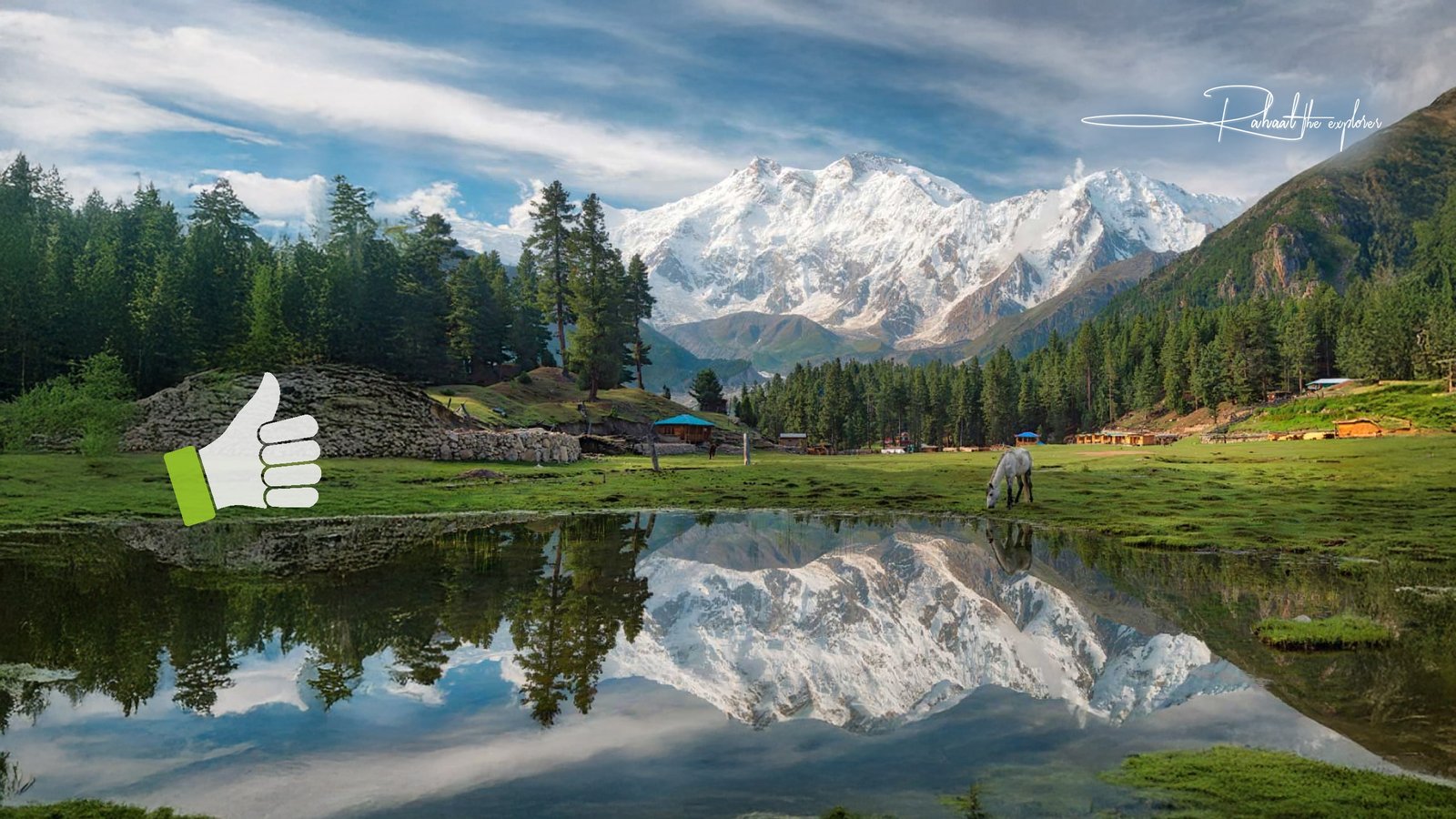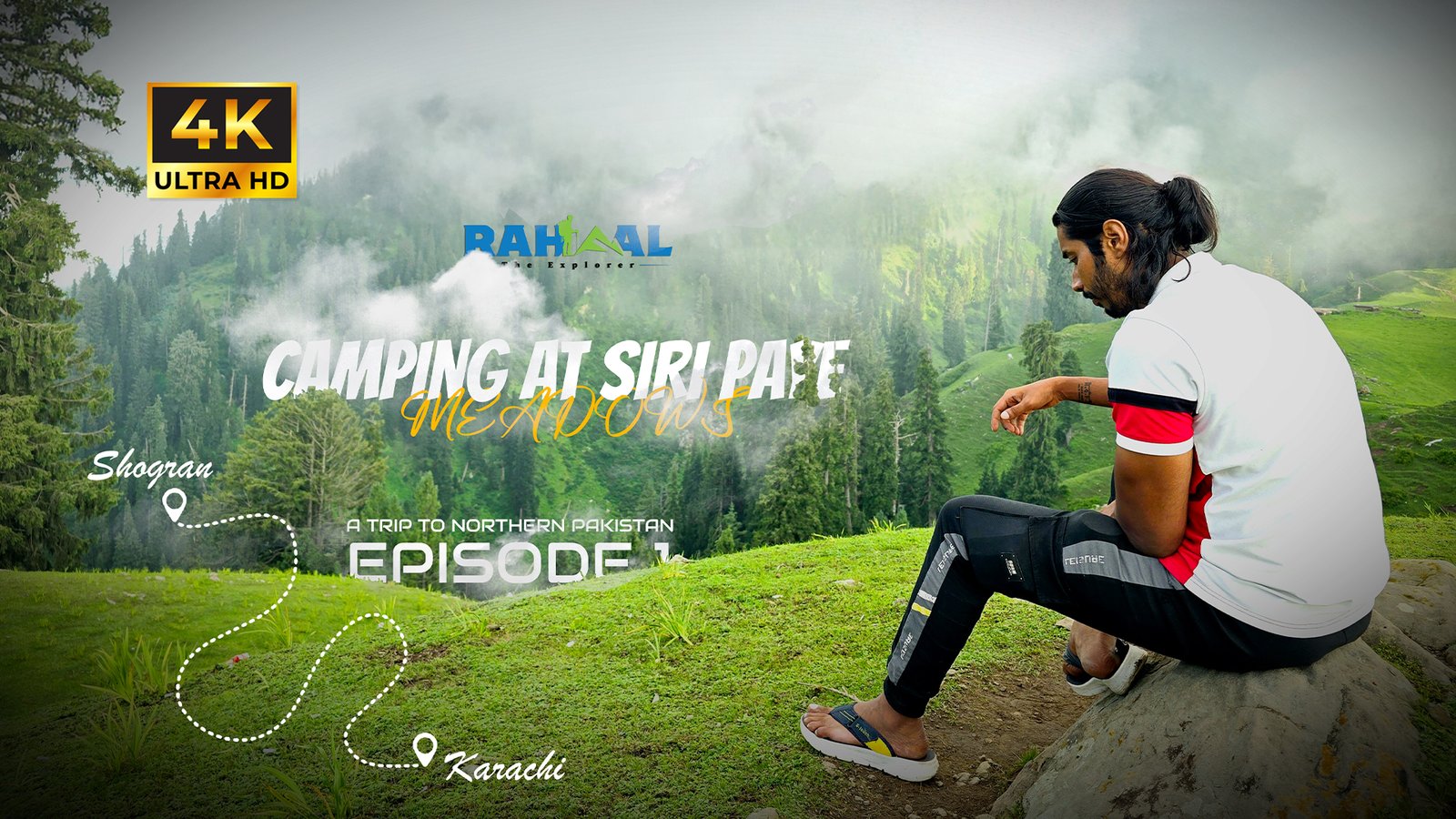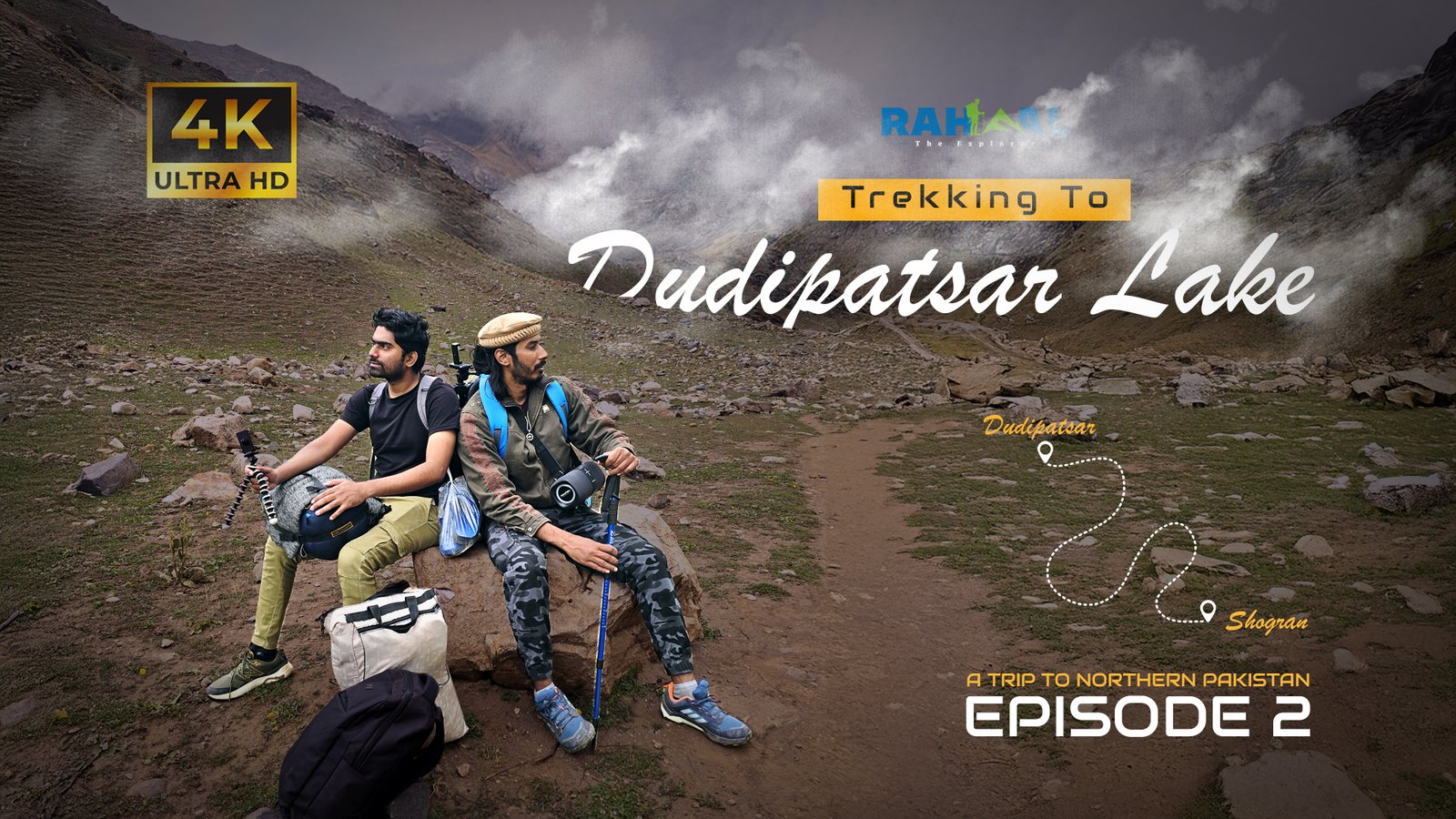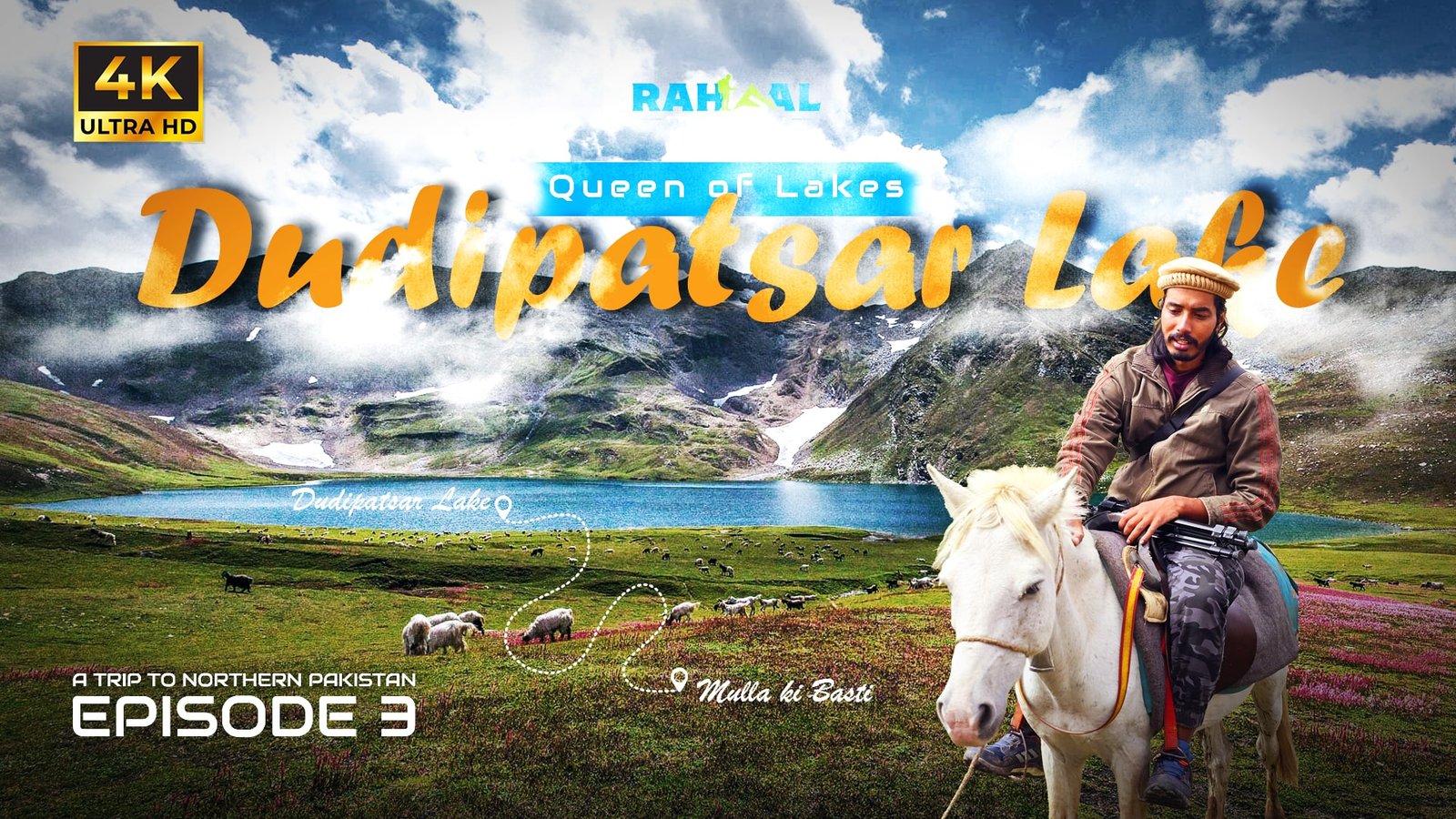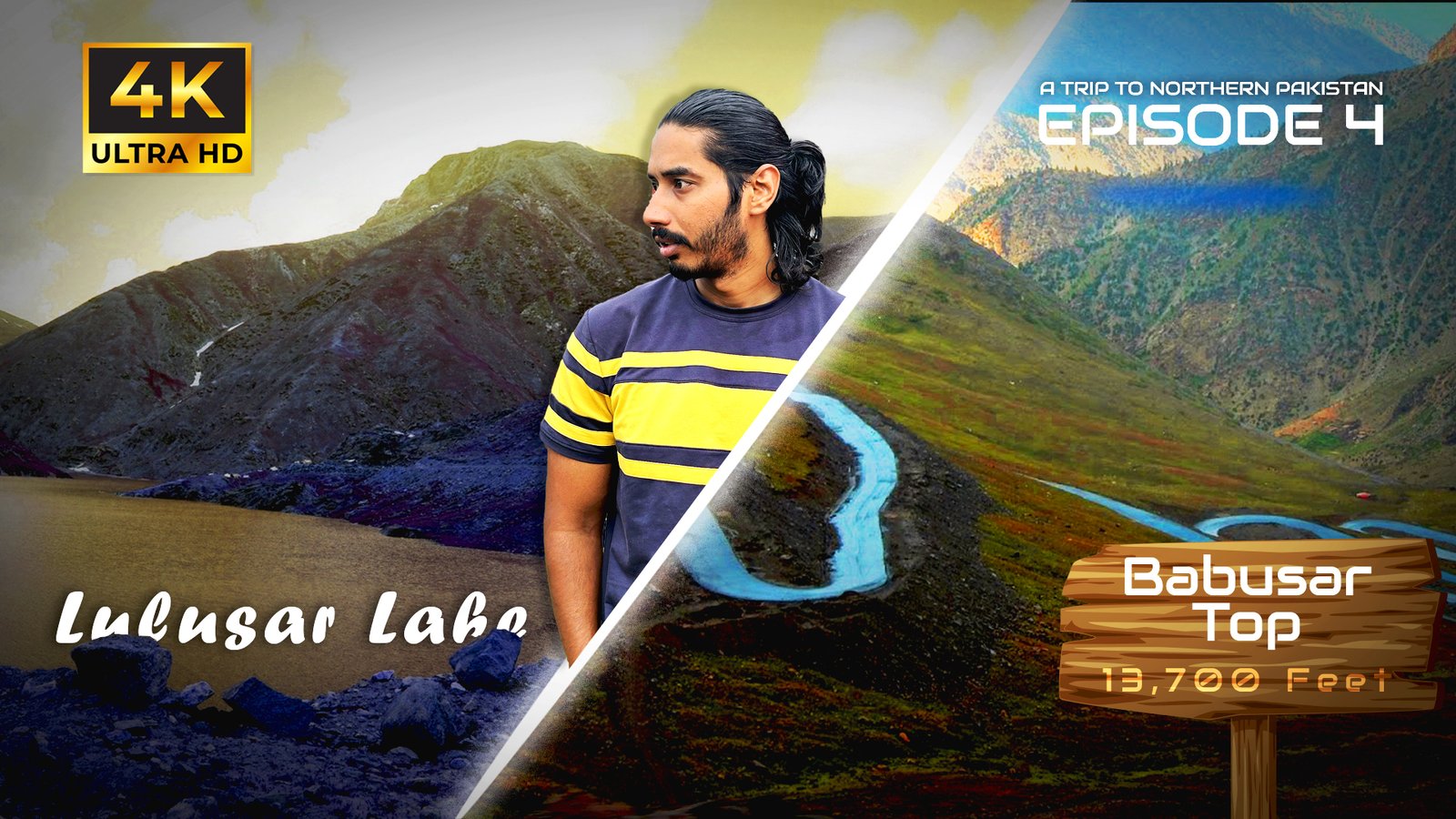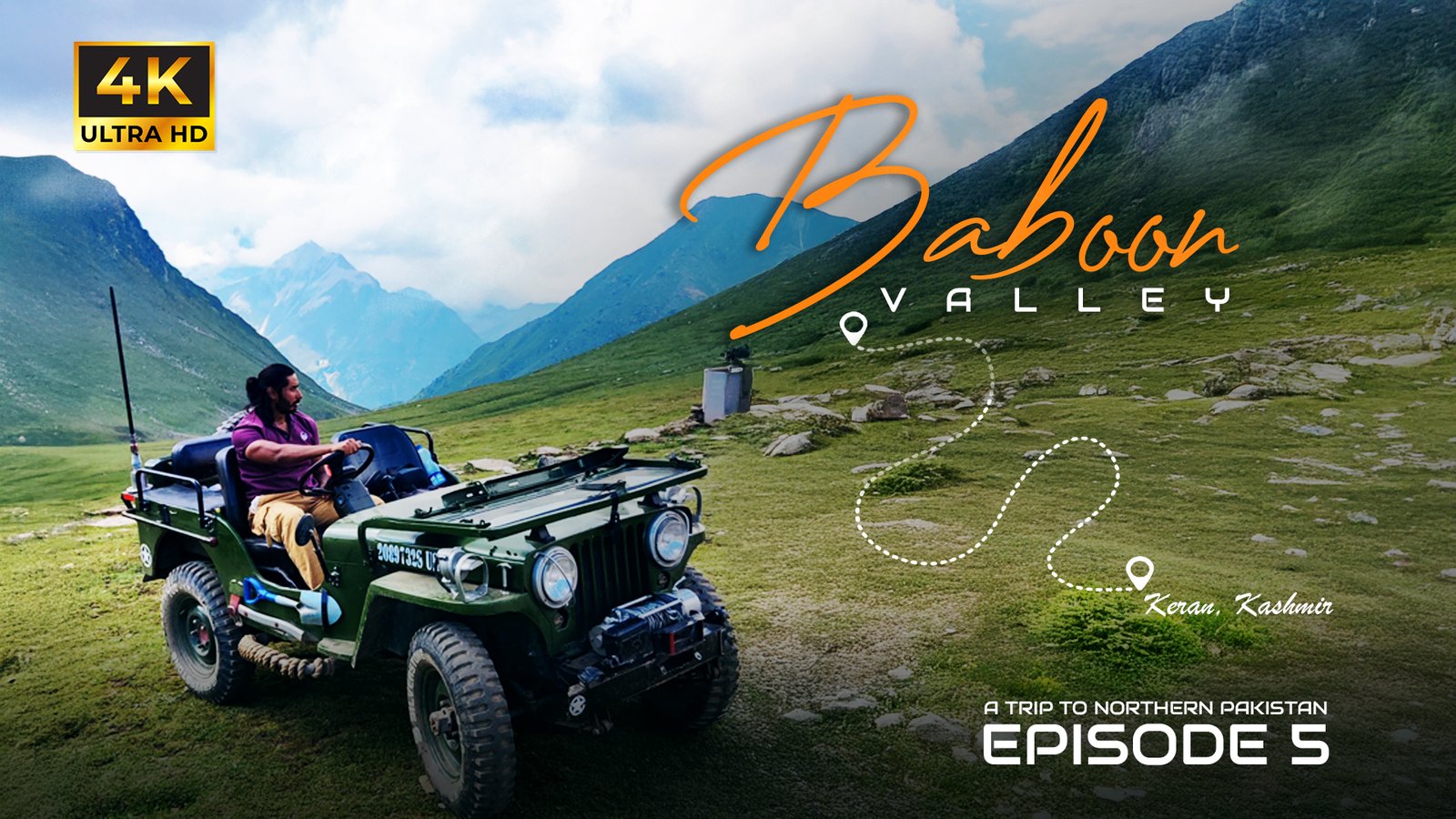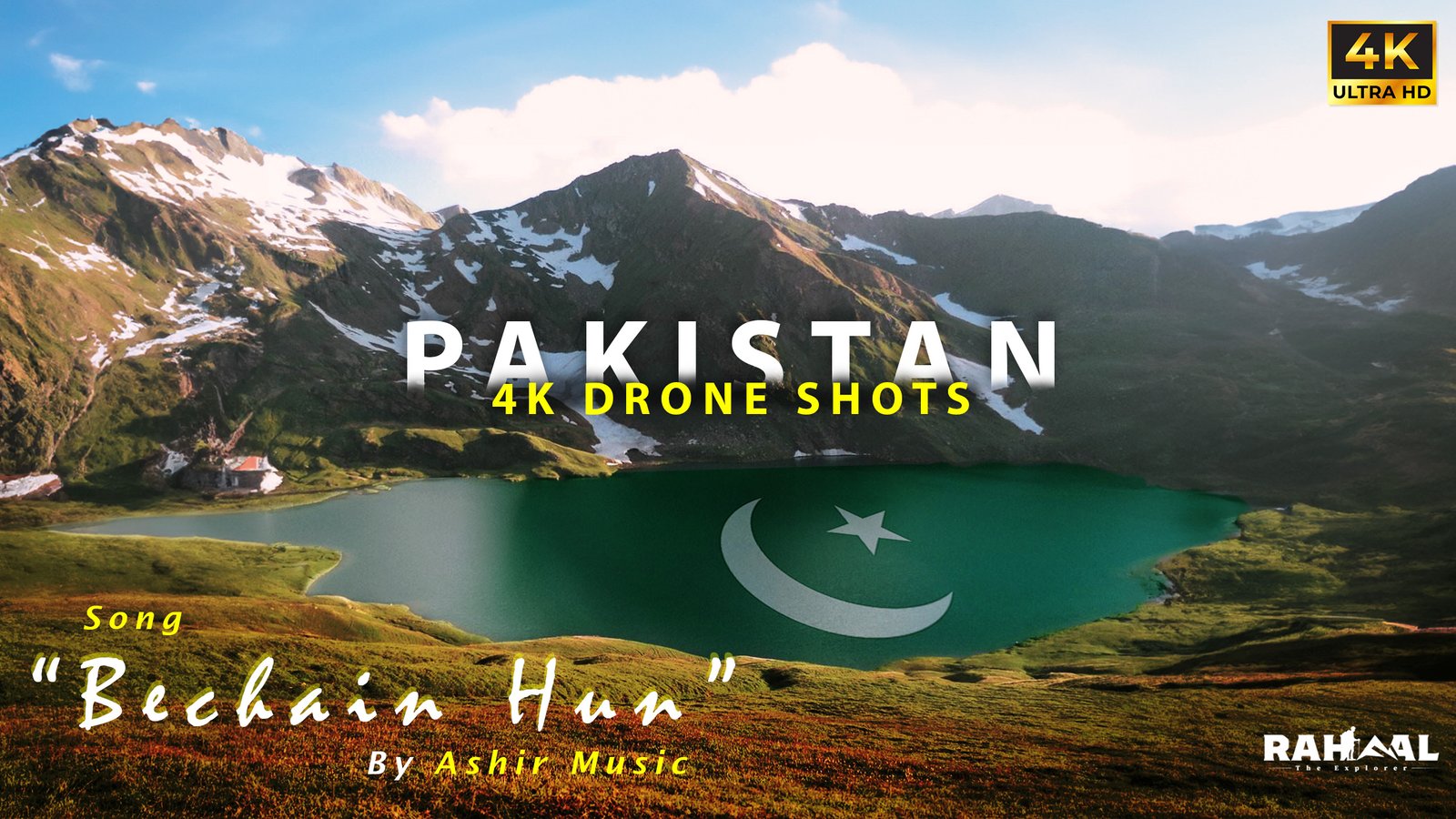Choosing the right hiking backpack can make or break your outdoor adventure. This guide will help you pick a durable, comfortable, and functional travel backpack for your hiking needs—whether you’re trekking up mountains, camping overnight, or going on weekend trail escapes.
Why Your Backpack Choice Matters
As a traveler and outdoor explorer, I (Rahaal) know how crucial it is to find gear that fits your journey—not just your budget. When it comes to hiking, your travel backpack is more than storage—it's your mobile home, your lifeline, and your most constant companion.
A bad backpack can lead to sore shoulders, lost gear, back pain, or a miserable trip. A good one? It disappears into your body, lets you focus on the view, and carries everything you need with ease.
Key Differences: Travel Backpack vs. Hiking Backpack
While people use these terms interchangeably, there is a difference.
- Travel Backpack:
Best for urban or cross-country travel. Opens like a suitcase. Ideal for flights, buses, and city exploring.
- Hiking Backpack:
Built for rugged terrain, long walks, and outdoor survival. Prioritizes load distribution, comfort, and weather protection.
If you're planning to hike while traveling, choose a travel backpack designed for hiking—or a hybrid that offers the best of both worlds.
1. Backpack Capacity: What Size Do You Need?
Size depends on trip length, gear needs, and weather. Here's a quick breakdown:
For most hiking travelers, a 50L hiking backpack is a versatile sweet spot.
2. Fit & Comfort: Don’t Compromise
No matter how good the features, if the pack doesn’t fit, don’t buy it.
What to Look for:
- Torso Length Adjustment: Not your height—your torso is the real decider.
- Padded Shoulder Straps: Reduce pressure points.
- Hip Belt: Should transfer 80% of the weight to your hips.
- Ventilated Back Panel: Prevents sweat buildup during long hikes.
Pro Tip: Always test the pack with weight before buying. Walk around the store or your home and note pressure points.
3. Backpack Weight: Lightweight = More Miles
Some backpacks look great but weigh 2–3kg empty! For hiking, every gram counts.
Look for lightweight yet durable materials like:
- Ripstop nylon
- Dyneema
- Cordura fabric
A solid hiking backpack should ideally weigh under 1.5 kg (3.3 lbs) when empty, unless you’re carrying gear for expedition-style hikes.
4. Frame Type: Internal vs External
Most modern backpacks use an internal frame, which keeps weight close to your body.
- Internal Frame: Balanced, slim, and stable. Great for hiking and trekking.
- External Frame: Bulkier but better for carrying odd-shaped gear (used less these days).
Unless you're going old-school or carrying large cooking equipment, stick with a well-built internal frame travel backpack designed for hiking.
5. Access and Organization: Top-Load or Panel?
Top-Loading Packs:
- Traditional hiking design
- One big compartment (less organization)
- Lighter and more water-resistant
Panel-Loading Packs:
- Opens like a suitcase
- Easier to access items
- Heavier but more organized
If you're traveling and hiking, choose a hybrid travel backpack that offers panel access with top-load functionality.
6. Weather Resistance & Rain Cover
Weather can change quickly in the mountains.
Ensure your pack is:
- Water-resistant
- Has a built-in rain cover or external one
- Sealed zippers and reinforced stitching
Even the best hiking backpack isn’t 100% waterproof—always pack electronics in dry bags.
7. Straps, Loops & Expandability
Look for:
- Compression straps (keep things tight and stable)
- Gear loops (for trekking poles, ice axe, helmet)
- MOLLE or daisy chains (for attaching carabiners and gear)
- Expandable compartments for flexibility
These features matter more on multi-day hiking trips but are good to have even for casual hikes.
8. Hydration Compatibility
Most hiking backpacks have a compartment for a hydration bladder and a hose hole.
This is more convenient than bottles during long hikes, especially when you’re climbing, scrambling, or wearing gloves.
9. Top Brands to Consider
Here are some trusted options loved by hikers around the world:
Choose one that matches your travel style—don’t buy just for the brand name.
10. Budget vs. Premium: What to Expect
Budget (Under $100):
- May lack structure or comfort
- OK for short hikes or beginners
Mid-Range ($100–$200):
- Balanced performance, durability, comfort
- Ideal for most travel hikers
Premium ($200+):
- Lightweight, ergonomic, durable
- Good for pros and long-distance backpackers
You don’t need the most expensive travel backpack, just the right one for your hiking needs.
Real-Life Lessons from My Hikes
From Siri Paye in the Shogran Valley to Skardu’s high-altitude trails, I've tested many packs. Here’s what I’ve learned:
- On short hikes: Keep it simple. A 25–30L daypack with hydration is enough.
- On long trips: Never skimp on hip belts and adjustable frames. My back has thanked me on every 4-day trek.
- On video shoots: I choose modular packs with camera compartments + rain covers.
It’s not about packing light—it’s about packing smart.
My Recommended Blog Reads
If you're planning to explore rugged destinations in Pakistan or beyond, check out these reads to plan your backpacking adventures better:
- Planning the Perfect Skardu Trip for Summer 2025
- Your Ultimate Guide to an Epic Hunza Valley Trip
- Siri Paye Meadows: Peace Above the Clouds
- K2 Base Camp Trek: How to Prepare for the Journey
Final Thoughts: Choose the Backpack That Fits You
There is no single perfect hiking backpack—there is only the perfect one for you.
Understand your needs, test for fit, check for quality, and invest in a backpack that supports your body and spirit on the trail. After all, a well-packed travel backpack is not just gear—it’s freedom.
Need help choosing gear for your next trip? Let me know in the comments—or tag me on Instagram with your setup.


